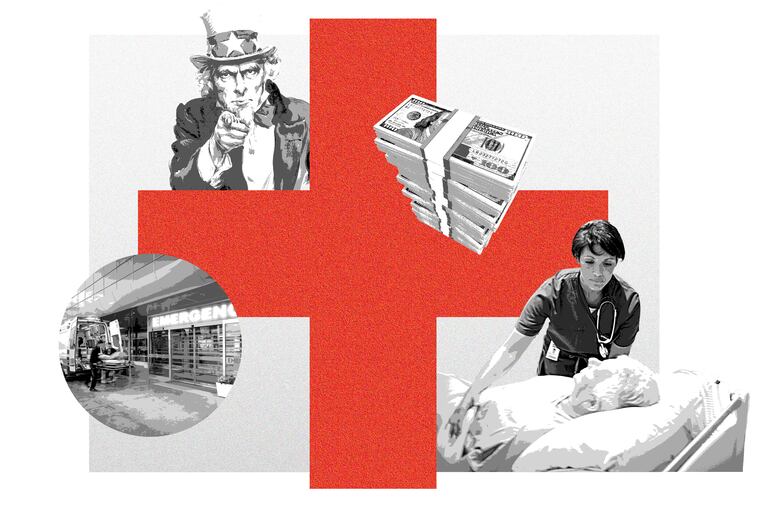Do Philly-area hospitals give enough charity care? There’s no simple answer.
IRS does not quantify its requirements — which include more than charity care — for hospitals to be tax-exempt. That makes it hard to assess whether not-for-profit hospitals are doing enough.
